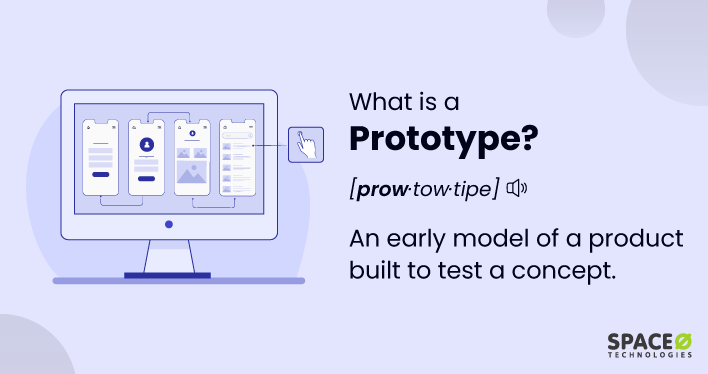Table of Contents
What is a Test Plan?
A test plan is detailed test documentation that outlines the test strategy, test cases, testing objectives, test data, test schedule, test deliverables, and resources (budget, software/hardware, human resources) required for a project. It is a guide for the testing process to ensure that all aspects of the system or application are properly evaluated.
When it comes to web application testing, the complexity increases. A robust test plan becomes even more crucial to ensure the application’s functionality, usability, and security across different platforms, browsers, and devices. For a comprehensive understanding of how to effectively carry out this process, you can refer to our guide on web application testing.
A test plan is key for making sure everything gets checked properly, especially when testing complex things like web applications.
Which are the Key Elements of a Web Application Test Plan?
The key elements of a web application test plan include:
- Test Objectives: Define what the testing process aims to achieve. For instance, ensuring that the application works flawlessly in the test environment which includes different browsers, devices, and operating systems.
- Test Scope: This includes information about the parts of the application to be tested, such as functionality, usability, performance, security, and cross-browser compatibility.
- Test Strategy: Describes the methodology and types of testing to be conducted. For instance, manual testing, automated testing, load testing, and security testing.
- Test Environment: Detailed information about the hardware, software, and network configurations used during testing. In the case of web application testing, this would also include details of different browsers and versions, devices, and screen sizes to be tested.
- Resource Planning: Detailed plan of the resources, including software tools for automated testing, manual testers, etc., required for the entire test process.
- Test Deliverables: All the test-related documents that need to be delivered along with the project, such as test scripts, bug reports, and test cases. If you want to know more about a test case refer our post with explanation of what a test case is.
- Test Schedule: The timeline for each testing activity. In the case of Agile development, this would be linked to each sprint.
- Risk and Contingencies: Identifying potential risks, such as delays in development, changes in requirements, etc., and planning for contingencies to mitigate these risks.
- Approvals: Getting the test plan approved by the relevant stakeholders to validate the approach and expectations.
What is the Importance of a Test Plan?
The importance of a test plan in software or web application testing can’t be overstated. Here are some reasons why a test plan is crucial:
- Ensures Comprehensive Testing: A well-crafted test planning ensures that all the features and functionalities of the software or web application are thoroughly tested. This way, no area is overlooked or inadequately tested.
- Defines Scope and Strategy: Test plans lays out the scope of testing, detailing the parts to be tested and not to be tested. It also defines the test strategy, outlining the testing approach and methodologies to be followed, such as manual testing, automated testing, load testing, etc.
- Facilitates Resource Allocation: The test plans, curated under the supervision of a test manager, outlines the necessary resources for testing, such as personnel, hardware, and software tools. This allows the test manager to effectively allocate and utilize resources, contributing to the efficiency and success of the testing process.
- Risk Management: A test plan identifies potential risks and provides contingency measures. This proactive approach helps to minimize disruption to the project timeline.
- Improves Communication: By documenting the test approach, objectives, and deliverables, a test plan facilitates better communication among team members and stakeholders. This ensures everyone has a clear understanding of the testing process and expectations.
- Serves as a Reference: A test plan serves as a roadmap for testing, detailing the tasks to be performed and the expected test deliverables. It can be referred to during the project to ensure everything is on track and can also guide future projects.
- Enhances Quality Assurance: A thorough test plan, followed diligently, significantly enhances the quality of the final product during each test phase, helping to ensure that it meets all specifications and user requirements.
A test plan is essential for ensuring thorough and organized testing of software or web applications. It helps establish clear suspension criteria to determine when testing activities need to be temporarily halted, as well as exit criteria to define when the testing process can be concluded.
By following the test plan diligently, teams ensure high-quality output for web applications or software, covering all the features to be tested. A master test plan results in organized testing tasks, facilitating communication, risk management, and resource allocation, contributing significantly to the project’s success.







